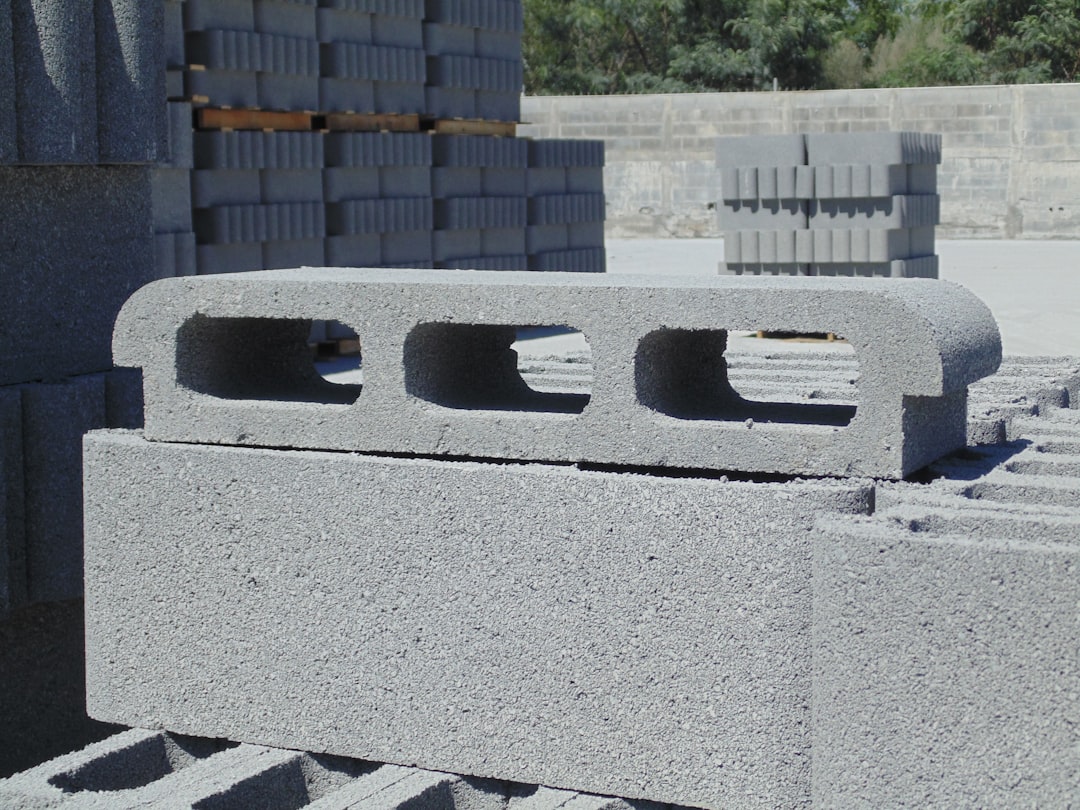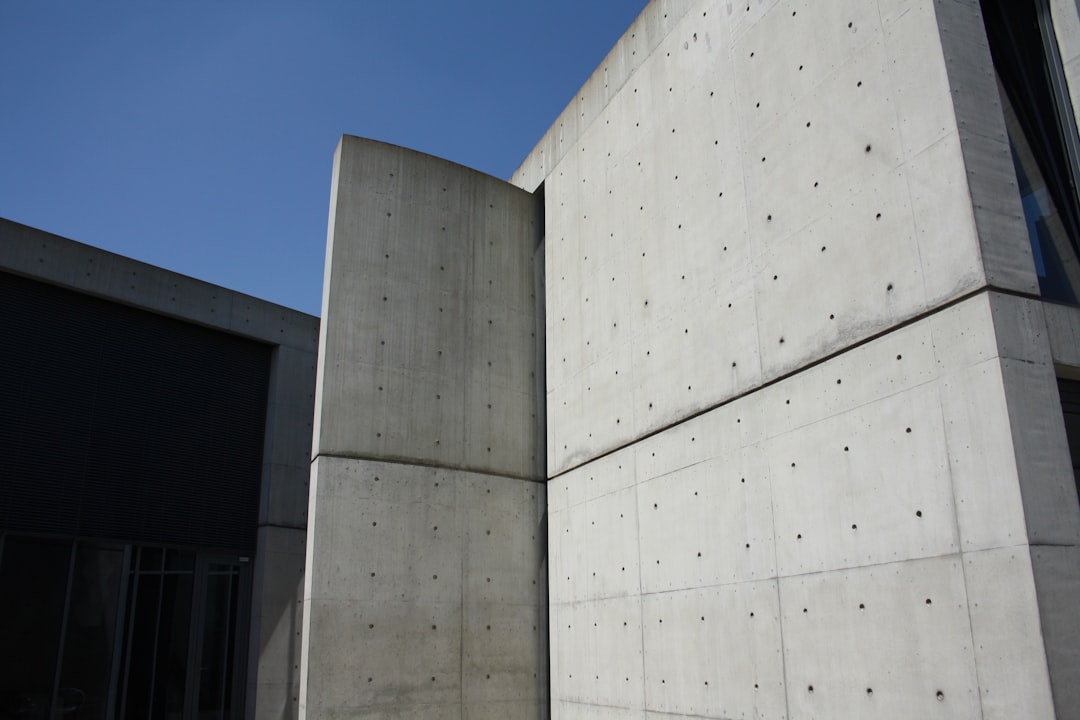Over the past decade, prefab homes have grown in popularity as an affordable, efficient, and eco-conscious housing option. But as wildfires continue to ravage regions around the globe, homebuilders and residents alike are becoming more concerned with an essential feature of any structure: fire resistance. Fortunately, the prefab housing industry has made significant strides in integrating fire-resistant materials. Whether you’re planning to build a new prefab home or retrofitting an existing one, understanding the available materials can greatly improve your home’s resilience to fire.
This comprehensive guide explores the most common and effective fire-resistant prefab home materials, their benefits, and considerations to help you make informed decisions for a safer living environment.
Why Fire Resistance Matters in Prefab Homes
Prefab homes, though built off-site with precision, are not automatically immune to the dangers of fire. Like traditional homes, their resistance depends largely on the materials used for their construction. Choosing fire-resistant materials doesn’t just enhance safety; it can also lead to insurance savings, better resale value, and peace of mind.
Key Fire-Resistant Materials for Prefab Homes
Here are the leading materials used to improve fire resistance in prefab homes:
1. Fiber Cement Siding
Widely hailed as one of the best siding materials for fire resistance, fiber cement is made from a mixture of cement, sand, and cellulose fibers. It resembles wood in appearance but has a much higher tolerance to heat and flames.
- Fire Rating: Generally classified as non-combustible
- Durability: Highly resistant to rot, pests, and harsh weather
- Maintenance: Low-maintenance with impressive wear over time

Note: Fiber cement can be a bit heavier than other materials and may need professional installation, but its long-term benefits outweigh the upfront effort.
2. Metal Panels and Roofing
Steel and aluminum are becoming popular choices for not just commercial buildings but also modern prefab homes. Both materials do not burn and can reflect heat, minimizing internal temperature increases during nearby fires.
- Fire Rating: Non-combustible
- Benefits: Lightweight, corrosion-resistant, highly recyclable
- Drawbacks: Can dent from heavy debris impacts
These materials are most commonly used for roofing and siding in prefab construction. Roofing is especially important: in many wildfires, embers land on rooftops and start fires from above.
3. Gypsum Board
Gypsum board, also known as drywall, is standard in most home interiors. For prefab homes in fire-prone areas, builders often opt for specialized fire-rated gypsum board. These boards contain glass fibers that help hold the core together during a fire.
- Fire Rating: Type X drywall offers up to 1-hour fire resistance per panel
- Use Cases: Ideal for interior walls and ceilings
This material offers an affordable and effective solution for interior compartments and can slow down or even prevent the spread of flames between rooms.
4. Concrete Panels and Insulated Concrete Forms (ICFs)
One of the all-stars of fire-resistant construction, concrete offers unmatched durability and flame resistance. Insulated Concrete Forms (ICFs) are hollow foam blocks filled with reinforced concrete, creating a thermal and fire-resistant backbone for homes.
- Fire Rating: Up to 4-hour fire resistance depending on thickness
- Energy Efficiency: High thermal retention
- Drawbacks: More expensive than traditional methods

While costlier, concrete offers significant advantages in both fire protection and longevity, making it a worthwhile investment for high-risk areas.
5. Fire-Resistant Glass
Many people don’t realize that windows and glass doors are major vulnerabilities in a fire. Traditional glass can crack and shatter under heat, allowing flames to enter. Modern prefab homes often use multi-pane, tempered, or fire-rated glass to reduce this risk.
- Fire Rating: Can withstand high temperatures without breaking
- Aesthetic Compatibility: Clear, seamless appearance
- Additional Functions: Soundproofing and UV protection
This material is ideal for homes situated in scenic yet fire-prone regions like California’s hillsides or Australia’s bushlands, where homeowners don’t want to sacrifice their view for safety.
6. Mineral Wool Insulation
Insulation plays a crucial role in both energy efficiency and fire protection. Mineral wool, made from volcanic rock or recycled slag, is naturally fire-resistant and doesn’t emit toxic smoke like foam-based insulations might.
- Fire Rating: Withstands temperatures up to 1,800°F (982°C)
- Other Benefits: Moisture and mold resistant, excellent acoustic performance
Because it’s non-combustible and acts as a natural fire barrier, mineral wool is often used in exterior walls, attics, and between floors.
Smart Design Choices for Fire Protection
Beyond materials, fire-safe prefab homes benefit from design choices that reduce vulnerability. These include:
- Ember-resistant vents and screens to prevent entry of burning particles
- Non-combustible decking materials like composite or metal
- Defensible landscaping zones with trimmed foliage and firebreaks
Some prefab home builders even offer entire kits tailored for Wildland-Urban Interface (WUI) zones — areas where urban development meets fire-prone wilderness.
Certifications and Fire Ratings to Look For
When choosing materials, it’s essential to refer to their fire-resistance ratings. Here are some key standards to recognize:
- ASTM E84: Measures surface burning characteristics of building materials
- UL 263: Covers fire-resistance ratings for entire assemblies
- Class A, B, or C Ratings: Roofing materials are often rated by this scale, with Class A offering the highest level of protection
Verify that each material used in your prefab design complies with local fire codes and standards.
Cost Considerations
It’s no surprise that fire-resistant materials can carry a higher initial cost. However, the investment can result in:
- Lower insurance premiums
- Reduced repair costs after a nearby fire
- Higher property values
In many areas with building codes focused on wildfire prevention, some of these materials are not just recommended — they’re required. Always consult with contractors and local ordinances before beginning a prefab home project.
Final Thoughts
Building a prefab home that’s ready to face wildfires is not only smart — it could literally be a life-saving decision. By choosing fire-resistant materials like fiber cement, metal, gypsum, concrete, fire-resistant glass, and mineral wool, homeowners can drastically reduce their risk of losing everything to fire.
Advances in prefab construction mean that today’s fire-safe homes don’t have to sacrifice style, efficiency, or comfort. As technology and engineering evolve, the available options will only get better, more affordable, and more effective at safeguarding your investment and loved ones.
If you’re serious about building a resilient, next-generation prefab home, these fire-resistant materials should be at the top of your checklist.



Leave a Reply